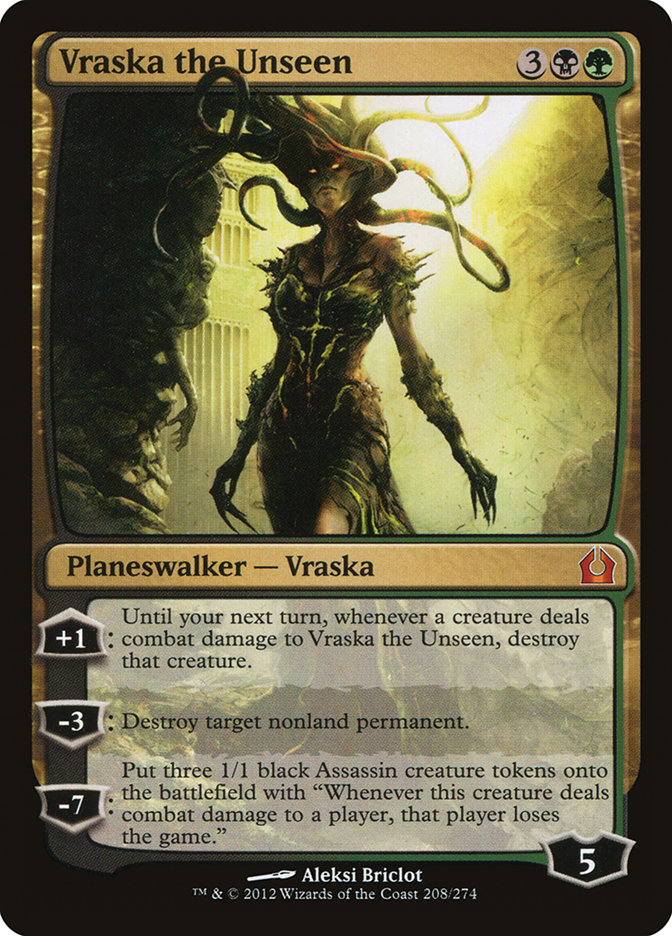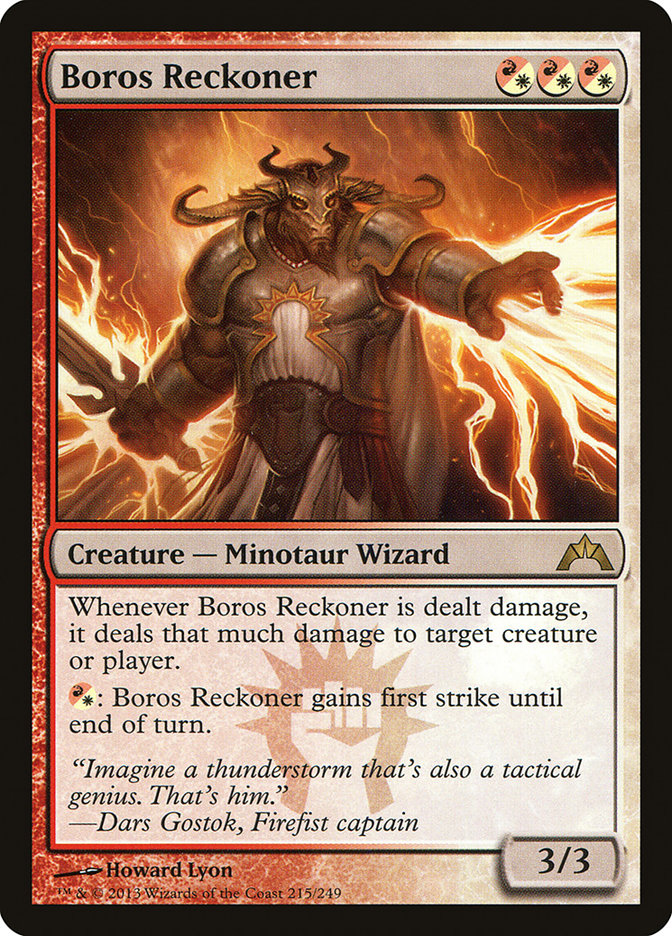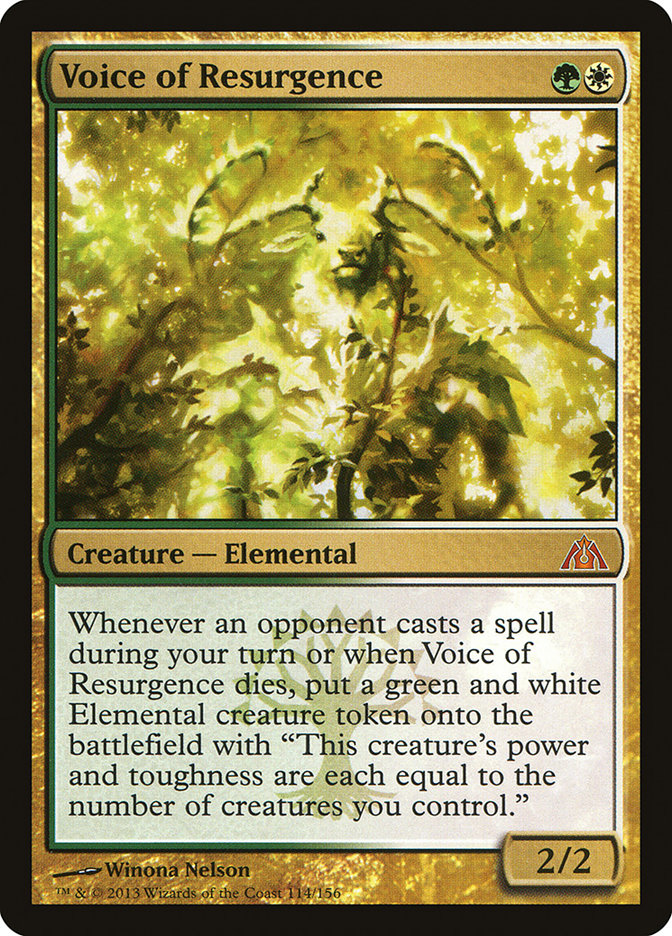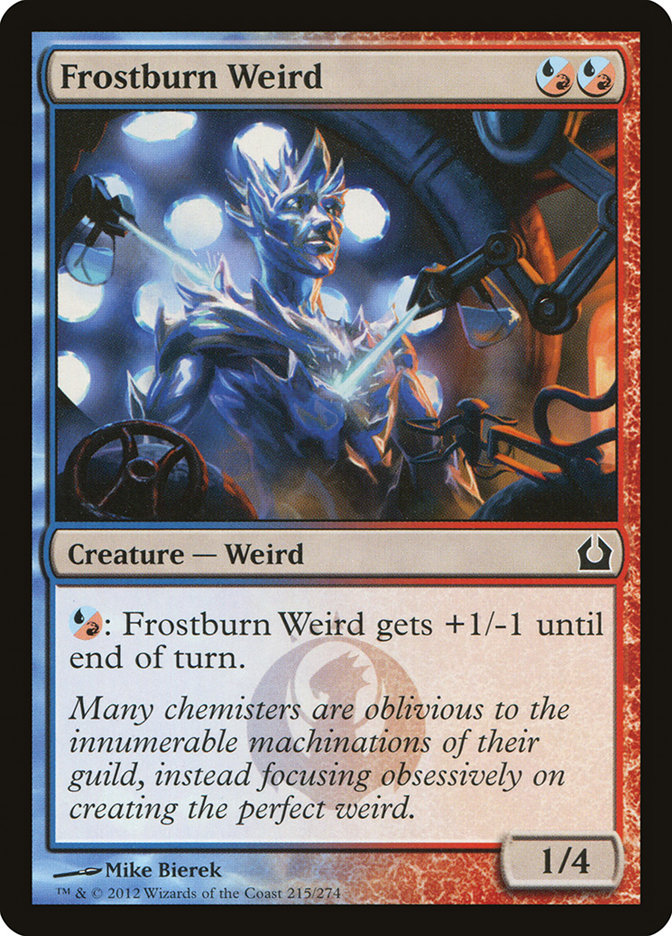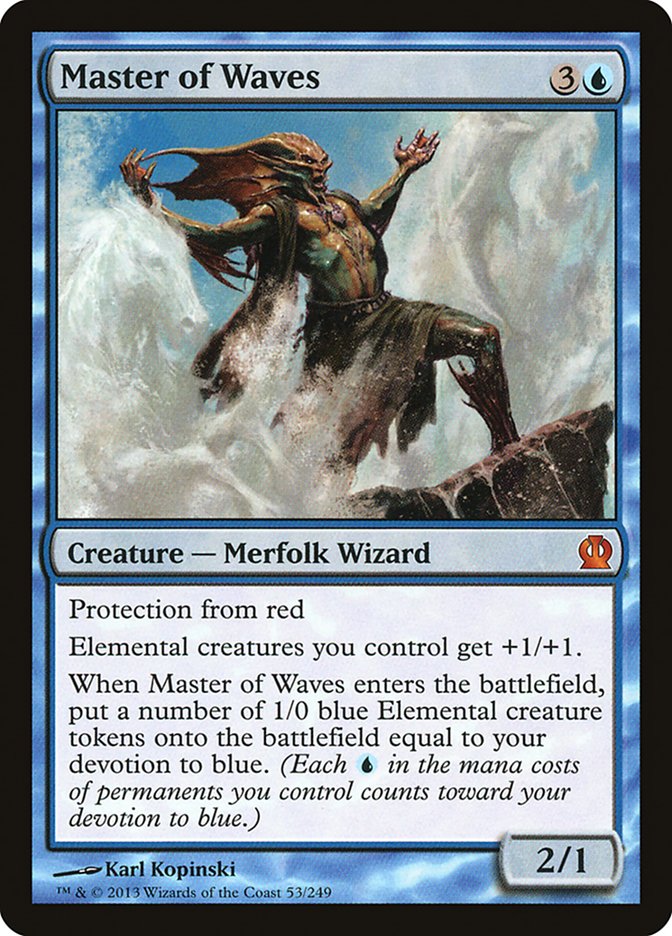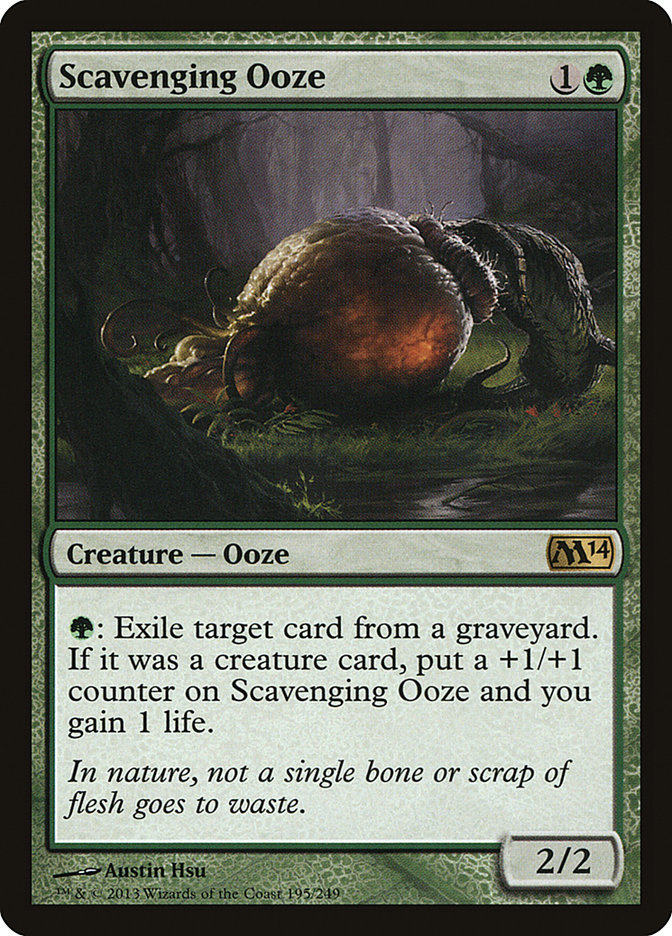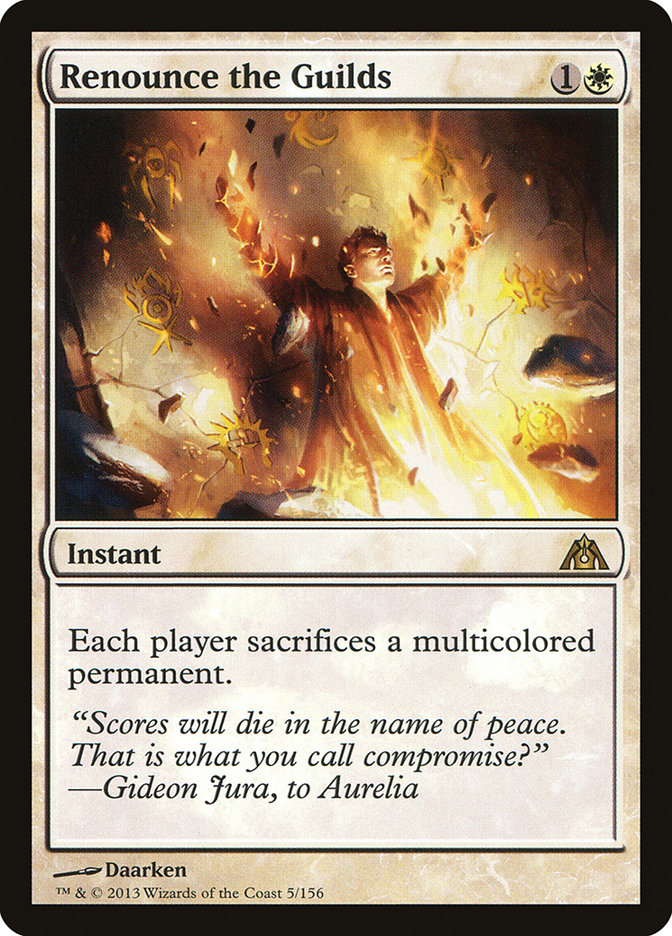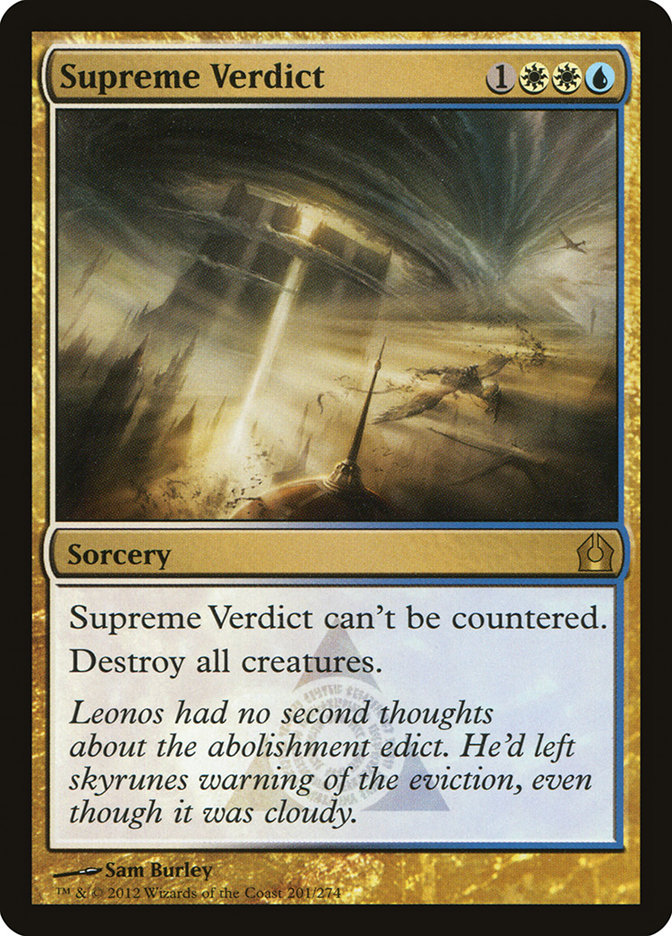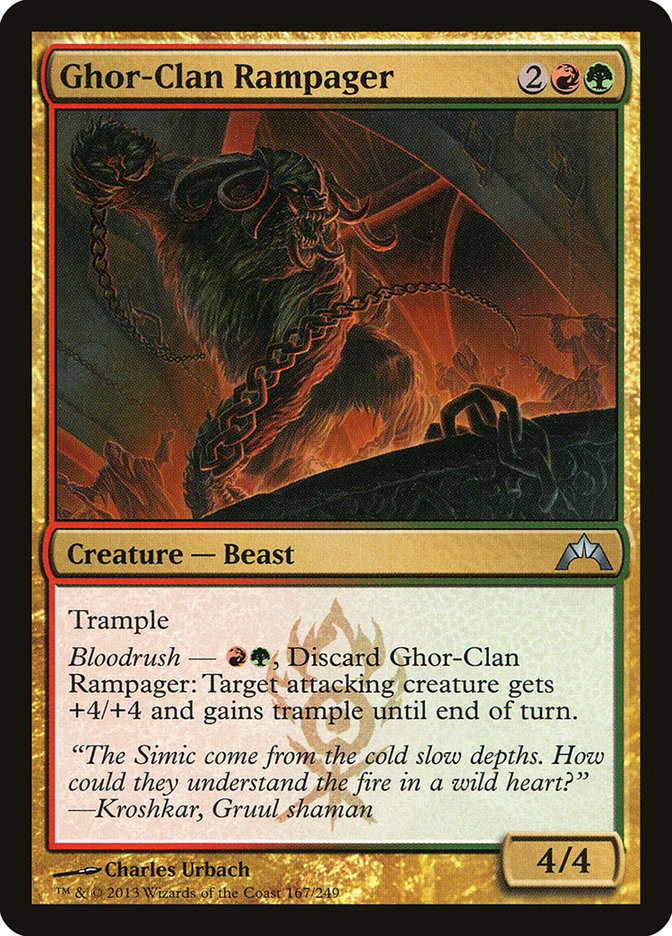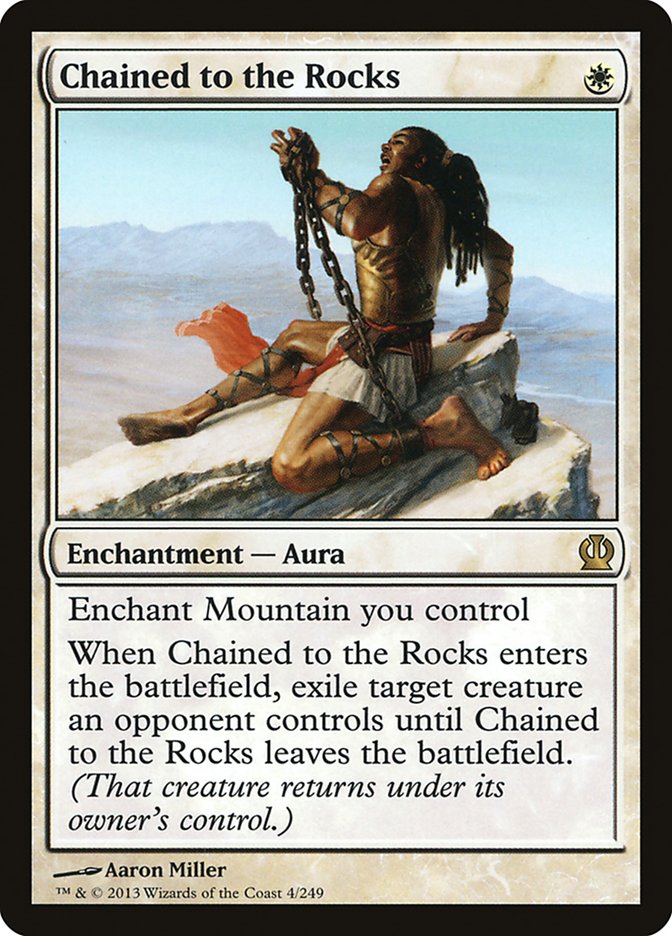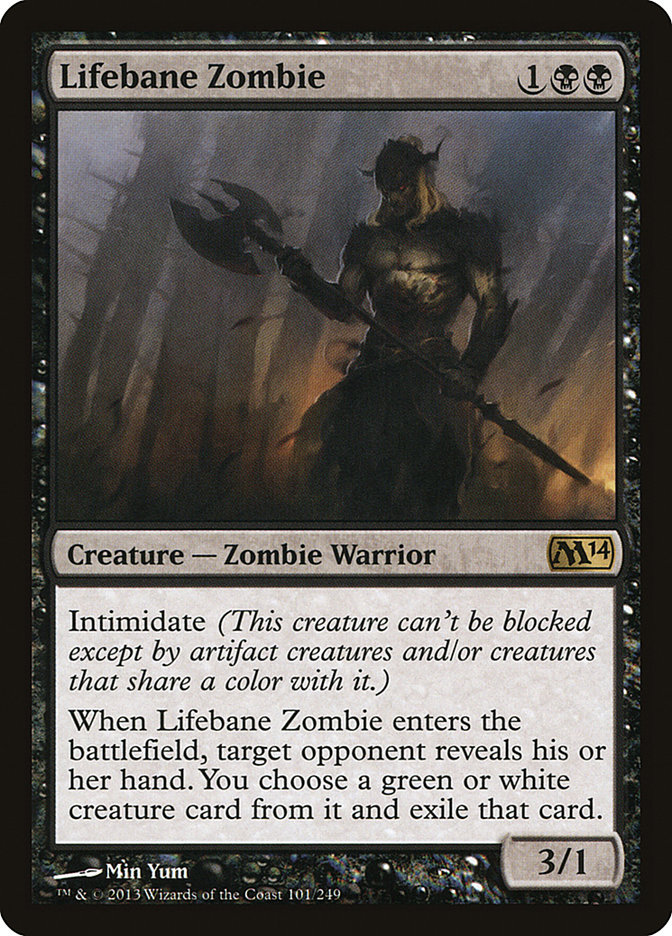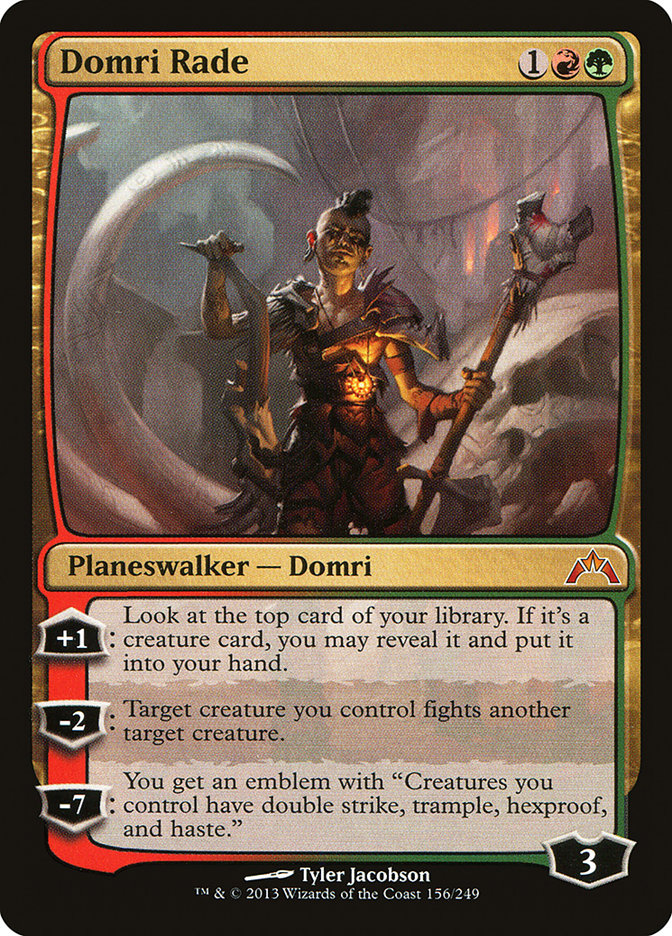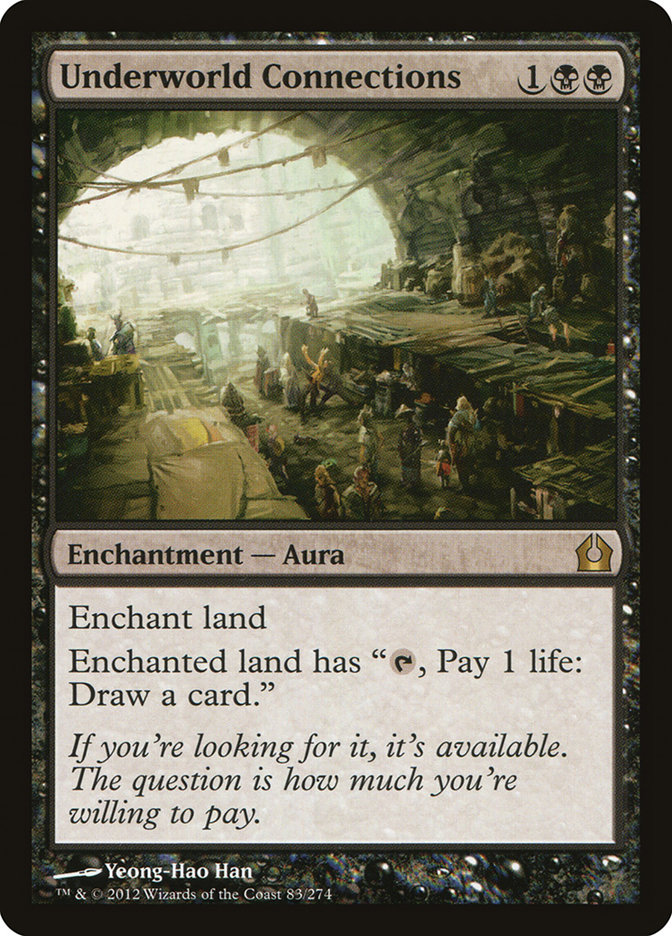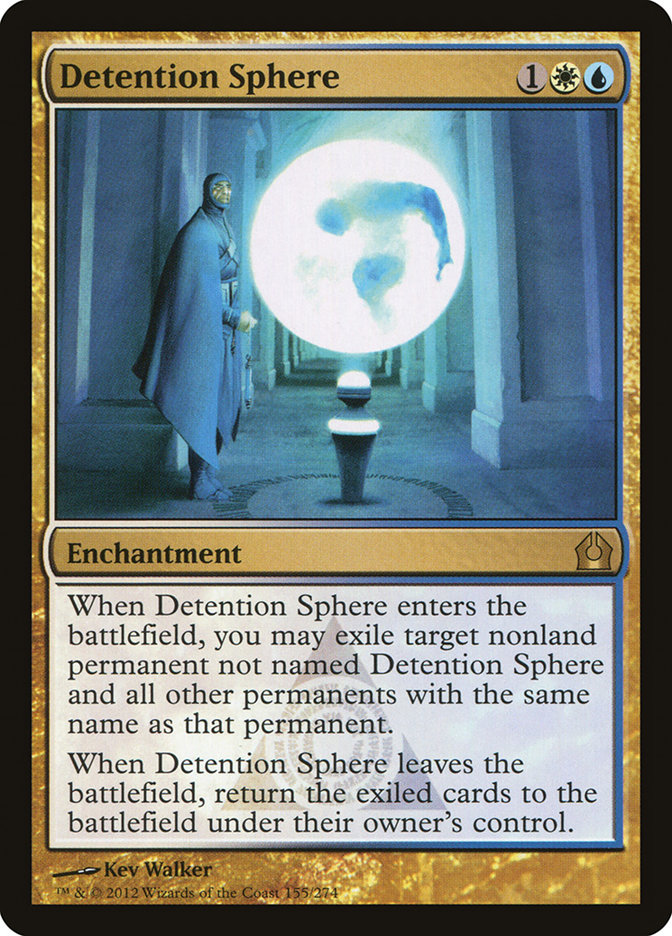Every new set brings about some distinct changes to the Standard format. New cards being introduced into the bloodstream of Standard will irrevocably alter the composition of the format; ergo we should really look at the new cards vis-a-vis the existing cards unless we want to become a victim of the systemic anomaly that is concordant to the programming of the matr . . .
You know what? I have no clue what I’m saying. I just thought it would make me sound cool.
Ergo!
Vis-a-vis!
Concordantly!
Every new set brings about fresh cards. These new cards provide tools to update existing decks and create new decks. However, what is frequently overlooked is how that all interacts with old cards. Sometimes the influx of new cards changes the strength and playability of old cards.
Take for example Born of the Gods. When Born of the Gods hit, the existing powerhouse decks were Mono-Black Devotion and Mono-Blue Devotion. In the following weeks, we got to see how Born of the Gods was able to really alter the format. Powerful cards like . . . umm . . . So yeah, there were some new cards such as . . . uh . . . You’ll have to excuse me—I’m drawing a blank. But what’s important is that because of the impact of Born of the Gods Standard shifted away from a Mono-Black dominated format to one where . . . new decks were somewhat playable as Mono-Black still reigned supreme.
So maybe Born of the Gods is a bad example. But usually a new set is going to shake things up somewhat, and it’s important to not only figure out what new cards are strong enough to fit the bill but also have a keen eye on old cards and how they change in value in relation to the perceived format shift.
I’d like to do exactly that.
Winners
These are the cards that stand to really gain in value in the new format.
This is the champion. I think Abrupt Decay is the single card most likely to improve in the new format. There are a multitude of reasons for that.
First is the introduction of Temple of Malady. The simplest reason I expect to see a gain in Abrupt Decay is the newfound ease of casting it. Temple of Malady also allows decks to splash for Abrupt Decay where previously it wasn’t a fantastic option. The easy deck that comes to mind is Mono-Black Devotion, which can now splash green without having to play the full set of Golgari Guildgate and cards like Temple of Mystery, which could really mess up casting stuff like Hero’s Downfall and Underworld Connections. Another possibility is a deck like B/W Midrange, which might just jump fully into the Junk camp for the possibilities that Abrupt Decay provide.
Another reason is that Mana Confluence pushes the format toward more aggressive decks. Aggro decks stand to gain the most from Mana Confluence, and if Mana Confluence can speed the format up by a turn, then Abrupt Decay gains significantly. Not only does it kill nearly everything in those aggressive decks, but if other decks have to lower their curve to compete, then it can kill the cards in those decks too. Similarly, if Bassara Tower Archer and Mana Confluence push Naya Hexproof into the limelight, then having more copies of Abrupt Decay is never a bad thing.
Lastly, Banishing Light is going to see a lot of play in decks that desperately wanted Detention Sphere but couldn’t bother to splash blue for it. Abrupt Decay being a cheap and easy way to kill Banishing Light and Detention Sphere is the final reason why I expect this card to become a format staple in short order.
Vraska stands to gain for many of the same reasons as Abrupt Decay. If anything, Vraska is basically an Abrupt Decay on a stick with upside in that it can kill things like Jace, Architect of Thought and Elspeth, Sun’s Champion. Ajani, Mentor of Heroes being a planeswalker that can find Vraska as well as a planeswalker that gets killed by Vraska is another huge benefit for our favorite Gorgon walker. It won’t be long until Vraska’s effect on Standard is truly seen.
These are all aggressive cards that also serve as extremely difficult road blocks for other aggressive decks to punch through. They are exactly the kind of card that is going to succeed in the new format. Boros Reckoner and Voice of Resurgence become a lot easier to cast with Mana Confluence as well.
I think it’s possible that we see a resurgence in decks like Mono-Blue Devotion and R/W Devotion. These decks have historically preyed on various aggressive strategies thanks in large part to Frostburn Weird. R/W Devotion in particular has Frostburn Weird, Ash Zealot, and Boros Reckoner that all make it very difficult for an aggressive deck to attack into them.
To build off of what I said in the last section, not only is Mono-Blue Devotion potentially very well positioned if everyone transitions to playing aggressive strategies, but Master of Waves also gets a new friend in Hall of Triumph. That card alone makes Master of Waves a giant threat. Now even if they kill your Master of Waves, you still get to keep a bunch of Elementals. Master of Waves is so powerful that if they don’t kill it you usually win. Now even if they do kill it, you still probably win. Sounds like a win-win to me.
If people move toward playing cheap creatures and cheap removal spells, then I’m a huge fan of a cheap creature that gains you life and grows out of control quickly. Scavenging Ooze seems like it is perfectly positioned to really dominate a Mana Confluence format. It isn’t fantastic against decks like Mono-Black Devotion and various control strategies, but if those decks wane in popularity, then I can see Scoozy being a doozy.
Renounce the Guilds is kind of on the second level in terms of being good. If cards like Boros Reckoner, Fleecemane Lion, and Frostburn Weird end up being prevalent, then Renounce the Guilds is a cheap answer to those kinds of creatures. With Banishing Light it is now possible for a deck like U/W Control to consider playing it and Renounce the Guilds together in place of Detention Sphere.
Likewise, if aggressive decks are the frontrunners coming out of the gates, then decks like U/W Control want to lean on cards like Last Breath and Supreme Verdict. Last Breath serves as another cheap piece of removal that can buy enough time to reach turn 4, when cards like Jace, Architect of Thought, and Supreme Verdict can come into play to stabilize the game.
Supreme Verdict is an especially powerful card if more people start playing Naya Hexproof. Decks that are actually forced to interact with them like U/W Control have to lean heavily on cards like Supreme Verdict to survive long enough for cards like Elspeth, Sun’s Champion to have a chance to take over.
Ghor-Clan Rampager is aggressive, big enough to beat the opponent’s aggressive creatures, and expensive enough to not get Abrupt Decayed. Count me in.
Losers
Sadly, Standard isn’t like basketball in your elementary school gym class. We do keep score, and not every card is a winner.
In some regards Chained to the Rocks becomes harder to cast with Mana Confluence. Mana Confluence might provide a white source of mana, but it certainly is not a Mountain. Decks leaning heavily on Mana Confluence, typically the decks that want Chained to the Rocks, are likely not going to have quite as many actual Mountains as they did before.
More than that though is that Chained to the Rocks used to be a hard removal spell. Those days are gone. With Banishing Light and a likely surge in cards like Abrupt Decay, Chained to the Rocks is no longer a safe deal. Nothing feels worse than removing your opponent’s massive creature with a Chained to the Rocks, only to see it come back midway through your attack step and really mess up your well-laid plans.
I didn’t vote for Lyndon Baines Zombie in the presidential election—that’s for sure. Lifebane Zombie has been ruining my favorite decks for a full year now. Every time I want to cast something like Archangel of Thune, Sylvan Primordial, or Angel of Serenity, some spoilsport is sitting behind a wall of Lifebane Zombies laughing in my face.
Well, I can finally say that I don’t think Lifebane Zombie is going to be very good, at least at first. If the format speeds up significantly, you can reach a point where Lifebane Zombie comes down too late to strip anything meaningful and isn’t effective enough as a 3/1 to really interact in combat. It may trade with one of their creatures, but a 3/1 that peeks at their hand and then trades with a one-drop is not the ticket to stabilization against aggressive strategies.
Domri Rade thrives in games between two midrange decks. In particular I find that Domri is one of the best cards in the format at helping an aggressive midrange deck beat a more reactive midrange deck. Domri is the kind of card that allows G/R Monsters to crush B/W Midrange. He is also a fantastic threat against control decks, generating card advantage as he ticks steadily toward ultimate.
Banishing Light changes things. Now decks like B/W Midrange have a cheap answer to Domri Rade to go along with Abrupt Decay, which is another cheap answer to the planeswalker. Banishing Light also gives control decks access to more copies of Detention Sphere, which means they aren’t as dead to a turn 2 Domri as they frequently were in the past.
The faster the format is, the worse a card like Underworld Connections becomes. That isn’t to say that I think Mono-Black Devotion is going to die off—far from it in fact. However, I’m not sure decks like Junk Midrange can really risk playing a card like Underworld Connections in the main anymore, at least not at first. Mono-Black Devotion can catch up from having to tap out for Underworld Connections by virtue of a plethora of cheap removal spells and Gray Merchant of Asphodel, but other decks cannot necessarily do so.
In the first few Journey into Nyx Standard events, I would not underestimate aggro decks and would not want to get caught with my pants down, trying to stick an Underworld Connections on some random land while my opponent is sticking their Boros Reckoner in my not so random face.
This is an odd one to consider a loser because I still think Detention Sphere is a fantastic card. I would still absolutely play Detention Sphere. However, I do believe it is worse than it was before. Much like other cards I’ve mentioned, Detention Sphere eats it to Banishing Light and Abrupt Decay, which means that much like Chained to the Rocks, Detention Sphere isn’t a sure thing anymore.
I think Detention Sphere is still a very solid choice, but I would go into a tournament like the SCG Standard Open in Cincinnati with the understanding that Detention Sphere is probably going to get blown up a lot and build my deck with that understanding. I would still want the card. I wouldn’t still want to rely on it to solve all my problems.
I can’t wait to play Standard for the first time with Journey into Nyx cards in Cincinnati this weekend. I feel like I have a good idea of what cards will be good and bad, and hopefully I’m not too far off in my predictions. With that being said, I have no clue how I’m going to use this information yet. I know what cards I want to play, but I don’t know what deck I want to play.
That is what the drive to Cincinnati is for. Last minute is the best minute.


